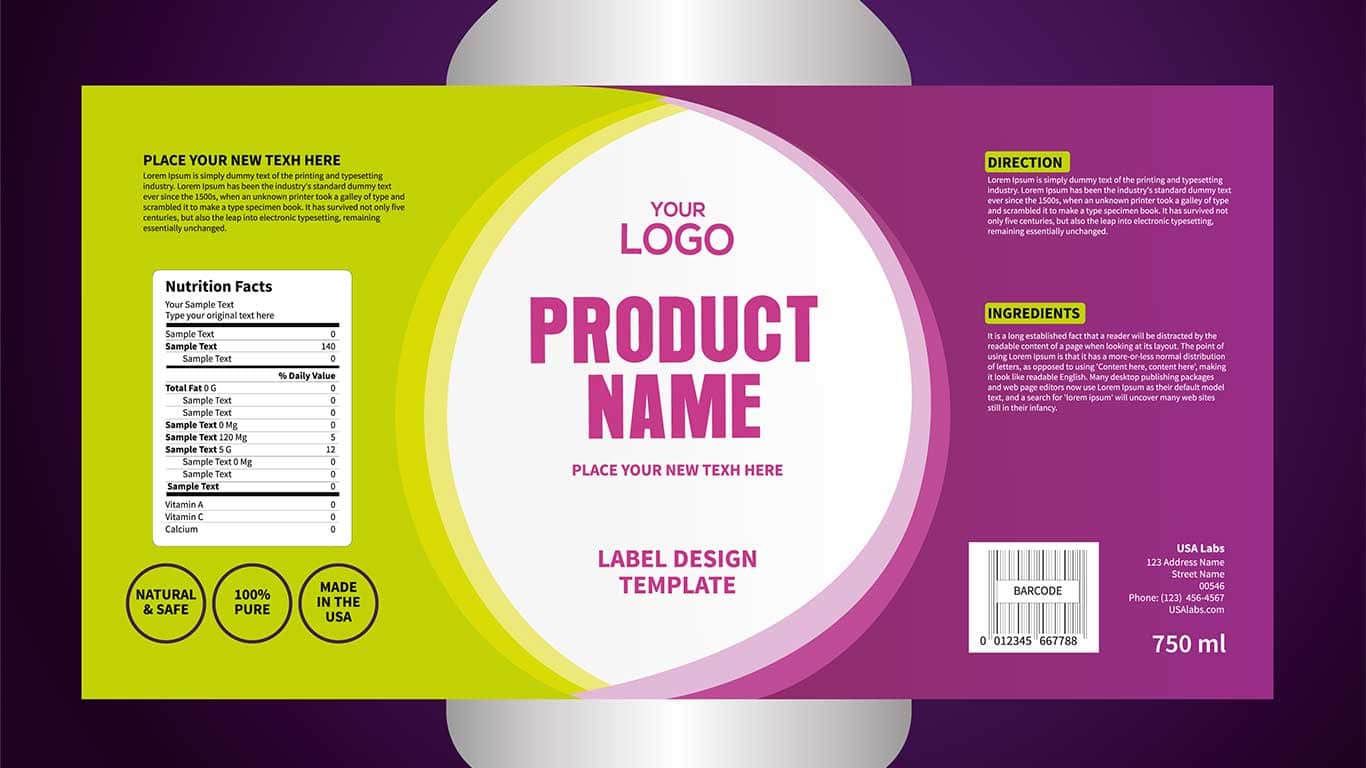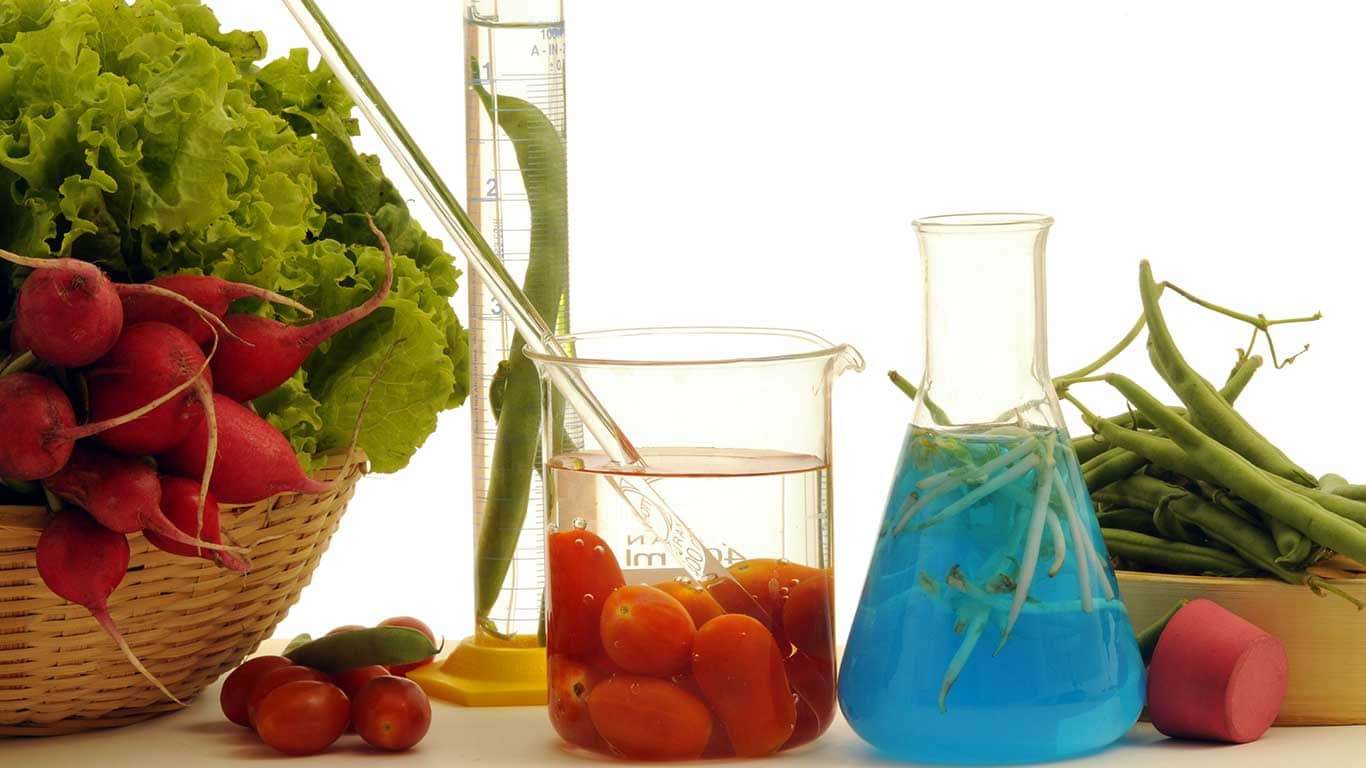According to the National Institute of Health, U.S. National Library of Medicine, food fraud is a global epidemic. Deceitful practices in the food and beverage industry costs millions of dollars, disrupt the market for a myriad of products, erode consumer confidence in manufacturers and damage the reputation of entire sectors of the industry.
International fraud databases indicate that spices, olive oil and other oil or fat-based products, dairy, organic recipes, coffee and honey top the list of recipe-based fake or fraudulent foods that consumer find on the grocery shelf.
Among non-recipe-based foods, seafood, organic vegetables, Parma ham, steak and other meats are often plagued by deceptive practices.
The majority of the research on food fraud is related to economic issues, like the replacement of expensive ingredients with cheaper ingredients to defraud consumers, suppliers and purchasing agents. The research consistently finds that certain supply chains are more vulnerable to food fraud than others.
Free E-Book
Regulations, Speed-to-Market and Innovation: How to stay compliant and competetive in an ever-changing market place.
However, there are innovative solutions that allow businesses to reduce food fraud and increase food safety.
Food fraud – who does it really hurt
Manufacturers or producers that introduce food into the marketplace with intentionally deceptive motives – like financial or economic gain – are committing food fraud. Some food manufacturers go to creative lengths to alter or substitute ingredients with additives – others add false information to labels.
Author and food fraud expert Larry Olmsted contends that fraudulent practices are a global plight that costs the industry and consumers more than $50 billion every year – and honey is one of the most widely abused products.
Olmsted said that the “single largest food crime ever prosecuted was honey smuggling.” Since 2016, he added, more than 42 percent of imported honey from China was found to be fake. The issue is not only the pure honey, but the sale of the honey to food manufacturers who make cereal, fruit treats, yogurt and granola. Sugar syrup, beet syrup and corn syrup are often added to the honey, in an effort to increase profits.
Certified labeling solutions, like ones enacted by True Source Honey are one way to combat the issue, Olmsted reported.
Labels play a role
Credible third-party labeling and endorsements can help protect recipe-based manufacturers who seek to alleviate consumer fears, as well as “Made With” certification programs.
Unethical opportunists will always exist, but as consumers educate themselves – and recipe-based manufacturers provide accurate, trustworthy, end-to-end data labeling solutions – deceptive practices will become more difficult to execute and they will become more rare.
Preventing food fraud
To date, the best way to prevent food fraud is for recipe-based manufacturers and food engineers to employ a compliance guide and a supplier’s guide. Compliance generally means upholding legal requirements related to the food and beverage industry and also implies a willing implementation of enterprise-specific codices.
Compliance ensures that all products brought to market fulfill regulatory standards. The fundamental idea is based on the wellbeing and health of the consumer, as well as preventing fraud and false information.
Featured Image: © shutterstock/papillondream




